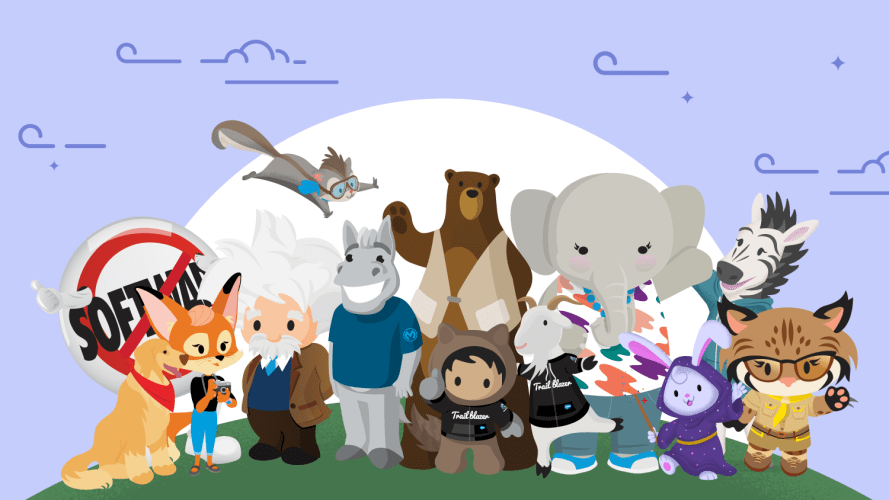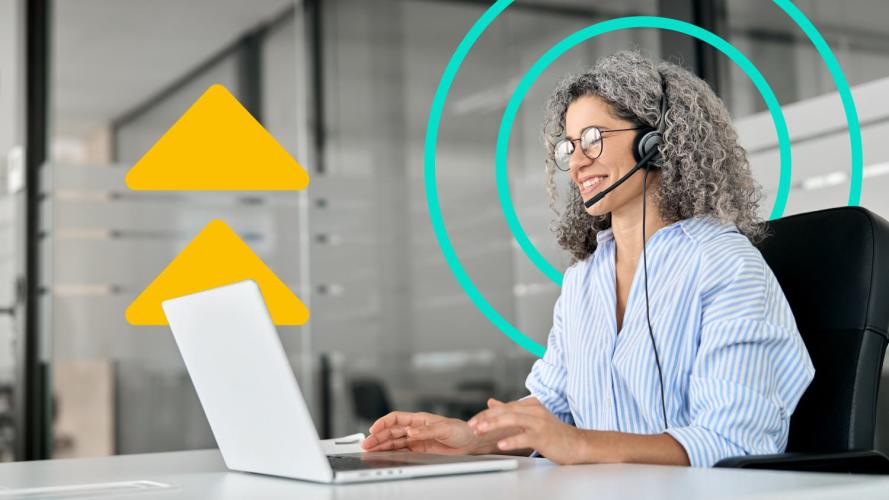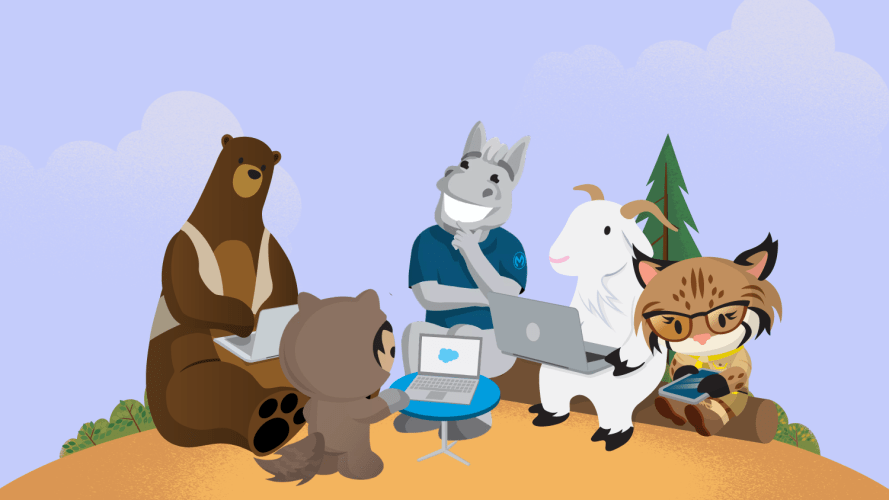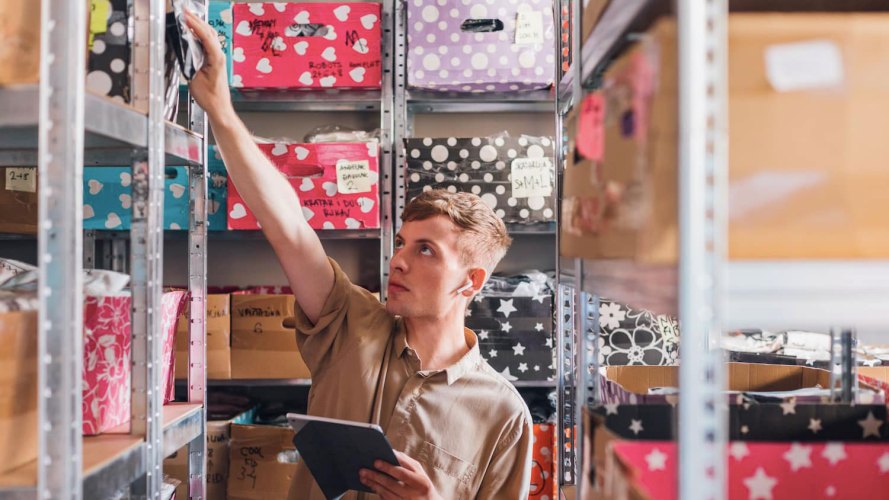Net Zero Manufacturing: It’s Time To Get Started



As a manufacturer your influence is among the greatest on the environment, which means you have an opportunity to make the greatest impact.

Loring Andersen
Ninety percent of the S&P 500 now publish annual sustainability reports. Venture Capital funding for climate tech startups hit $16 billion, three times the growth rate of investment in artificial intelligence between 2013-2019. With the dangers of climate change becoming clearer every day, consumer sentiment demands businesses prioritize the environment. The business world is responding. General Motors, one of the world’s largest carmakers, became the first to pledge to completely phase out gas and diesel vehicles by 2035.
As a manufacturer your influence is among the greatest on the environment – which means you have the greatest opportunity to make a positive impact. While some have equated the digital age with an environmental decline, we believe emerging technology can support sustainability. So what does the sustainability journey look like for your business?
What’s your company’s carbon footprint?
Understand how to monitor, analyze, and ,ultimately, reduce your carbon footprint.



Start with the four levers of sustainability: measuring your impact, setting goals for change, managing that change, and scaling your impact.
Part I: Measuring your impact
Peter Drucker’s old adage says it all: “If you can’t measure it, you can’t manage it.” But the truth about sustainable business practices is you have to go beyond measurement. You have to measure well. As Tim Mohin of Fast Company put it “… it is next to impossible for corporate leaders to make informed decisions about climate risk and opportunities with annualized data that is months old.”
So, as you set out on a sustainability journey, it is critical your stakeholders always have accurate, up-to-date answers to three questions:
- What are you putting into the environment?
- What resources are you using at what rate?
- How are you taking care of your people?
This means you need a reliable picture of your emissions and carbon footprint, your resource utilization, and your health and safety compliance. Yes, health and safety compliance may seem like a bit of an outlier to some when it comes to sustainability. But as the U.S. Department of Labor states, “… organizations cannot be sustainable without protecting the safety, health, and welfare of their most vital resource: workers.”
Now, how do you get the reliable picture you need? As we’ve hinted, you need a digital platform in your corner: a platform that tracks energy patterns, emission trends, employee safety records – all sustainability data. And that platform has to make that data easily accessible to every stakeholder (as a single source of truth), in an easy-to-digest format. That means reader-friendly data visualizations, intuitive dashboards, and forums for discussing the data.
Part II: Setting your goals
Now you have the data, how do you use it? You need to figure out what data you can move in the right direction and how far you can move it. Consider looking at baselines established by regulatory agencies and other bodies to set your goals – from emissions to natural resource consumption.
Ultimately, you’ll want to understand the “nine planetary boundaries” – and how you can contribute to keeping or moving the planet back into the safe zones. What’s the low-hanging fruit for your organization? And what changes can make the largest impact? Every company will have their own answers to these questions.
Part III: Managing change
Of course, your goals will be impossible to achieve with a fractured effort, and it is crucial you align the whole company with a common vision. Again, a digital platform will be central to that effort. It will connect all departments to enable shared goal-setting for operations across every business unit. And ideally, it will do as much of the work for you as possible – such as providing preloaded data sets from the Environmental Protection Agency, Intergovernmental Panel on Climate Change, and other regulatory bodies. On the health and safety side, it goes without saying your platform will need to provide accurate incident reporting. But increasingly, you’ll also need a means to create new tools, like apps for gamified employee safety education to drive more lasting engagement.
Once you have the means to measure your impact and you’ve established your goals, you must have a consistent progress evaluation methodology. What metrics matter most? How often will you evaluate them? Who will lead this effort?
Finally: aim high. Close to 500 major companies across the globe, companies like Coca-Cola, Paypal, Veritas, and yes — Salesforce, have committed to work with Science Based Targets initiative (SBTi) to reduce emissions in line with climate science. They are targeting an emission reduction goal of limiting the earth’s temperature to 1.5°C above pre-industrial levels. That means halving greenhouse gas emissions by 2030 and hitting net-zero emissions by 2050. Businesses can be as ambitious about sustainability goals as they are about conventional goals — as long as they have a path to success.
Part IV: Scaling your impact
Your ecosystem is much bigger than your business. So while you’re able to control your direct impact best, you can amplify your overall impact as you look beyond that. Bain & Company Chairman Orit Gadiesh said it best during the World Economic Forum program Designing Connected and Sustainable Value Chains: “We used to live in a world in which responsibilities began when we purchased input and ended when we sold products. That’s no longer the case. Resilience and sustainability require that we expand our field of vision … collaboration is essential … both upstream and downstream.”
While it may be challenging to quantify your “share” of the environmental impact at every stage of your supply chain, every effort you make to manage that impact makes a difference. Look to larger partners in your ecosystem to help meet goals you might not be able to meet on your own. And, lend a hand to smaller partners to help them meet their stretch goals. Maybe one of your partners could reduce waste associated with smaller production runs if you committed to larger orders? Perhaps you have a partner with whom you could combine a portion of operations to reduce overall water and/or energy consumption?
The possibilities are endless but embrace them. Exert as much influence as you can at every level of your supply chain. Lean on customers’ rapidly growing demand for sustainability as your mutual true north.
And again, a digital platform can be a great facilitator. But it needs to deliver the power of collaboration and shared visibility of relevant data for all stakeholders. Granted, that must be done safely – as Gadiesh states, “Collaboration rules for proactive data governance are critical. Everyone will be worried about sharing data and that’s understandable. So safeguards; data permissions, data governance, they all must be determined upfront to build trust.”
The wrap-up
This overview merely scratches the surface of building a sustainable manufacturing business. And yes, the value of the process is undisputed – it can help you tap into new markets, reduce operational expenses, attract top talent, and build deeper customer and partner relationships based on shared values. But the process can be overwhelming, leaving you with the question of “where to start?”
The answer comes again from Gadiesh: “… start small, but start. Start and expand later. Pick a pain point and develop a feasible use case.” In other words, it doesn’t matter where you begin, as long as you begin. From there, it’s merely another process to evolve through your commitment to Kaizen (continuous improvement).
Salesforce is committed to help you create informed sustainability action plans
The first step is to get visibility into your emissions data.


























